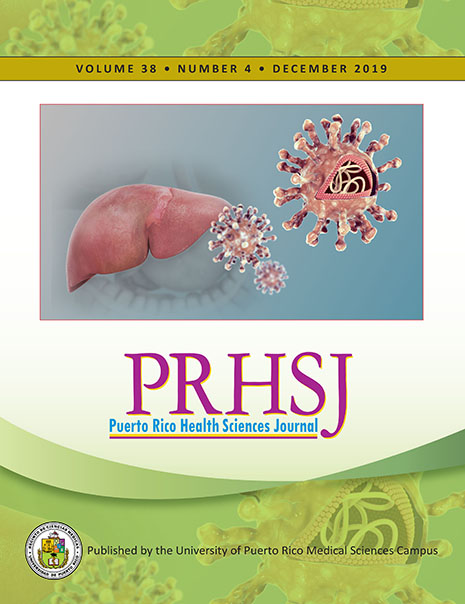Abstract
Objective: Shunt infection is the most common complication following a Cerebrospinal fluid (CSF) diversion procedure with devastating consequences. This study analyzes the efficacy of different shunt systems in reducing early shunt infections in the pediatric population. Methods: Retrospective case study analysis of 177 pediatric patients with hydrocephalus de novo shunted using hydromer-coated (HC) shunt systems, antibiotic-impregnated (AI) shunt systems and standard non impregnated shunt systems was performed and compared for the incidence of shunt infection in the early postoperative period. Results: Group A consisted of standard shunt systems with 63 patients, Group B were HC shunt systems with 67 patients and group C consisted of 47 patients with antibiotic-impregnated shunt systems. Mean age in Group A was 1.36 +/- 3.36 years Mean age in Group B was 2.32 +/- 4.69 years. Mean age in Group C: 0.64 +/- 1.70 years. In terms of shunt infections, HC group had 4 shunt infections (6.25%), as compared to the control group, where 7 patients (10.45%) had infections. The AI group had 1 infection (2.13%). When comparing HC systems versus Standard Non-Impregnated There were 3 shunt malfunction in Group A (4.8%), 2 shunt malfunction in group B (3.3%) and 0 shunt malfunction in Group C (0%). Conclusion: Hydromer-coated shunt systems and antibiotic-impregnated shunt system represent a superior alternative to standard shunt systems for the reduction of shunt infection in the early post operative period.
Authors who publish with this journal agree to the following terms:
a. Authors retain copyright and grant the journal right of first publication with the work simultaneously licensed under a Creative Commons Attribution License that allows others to share the work with an acknowledgement of the work's authorship and initial publication in this journal.
b. Authors are able to enter into separate, additional contractual arrangements for the non-exclusive distribution of the journal's published version of the work (e.g., post it to an institutional repository or publish it in a book), with an acknowledgement of its initial publication in this journal.
c. Authors are permitted and encouraged to post their work online (e.g., in institutional repositories or on their website) prior to and during the submission process, as it can lead to productive exchanges, as well as earlier and greater citation of published work (See The Effect of Open Access).
